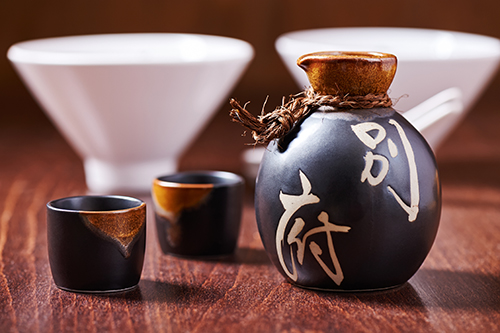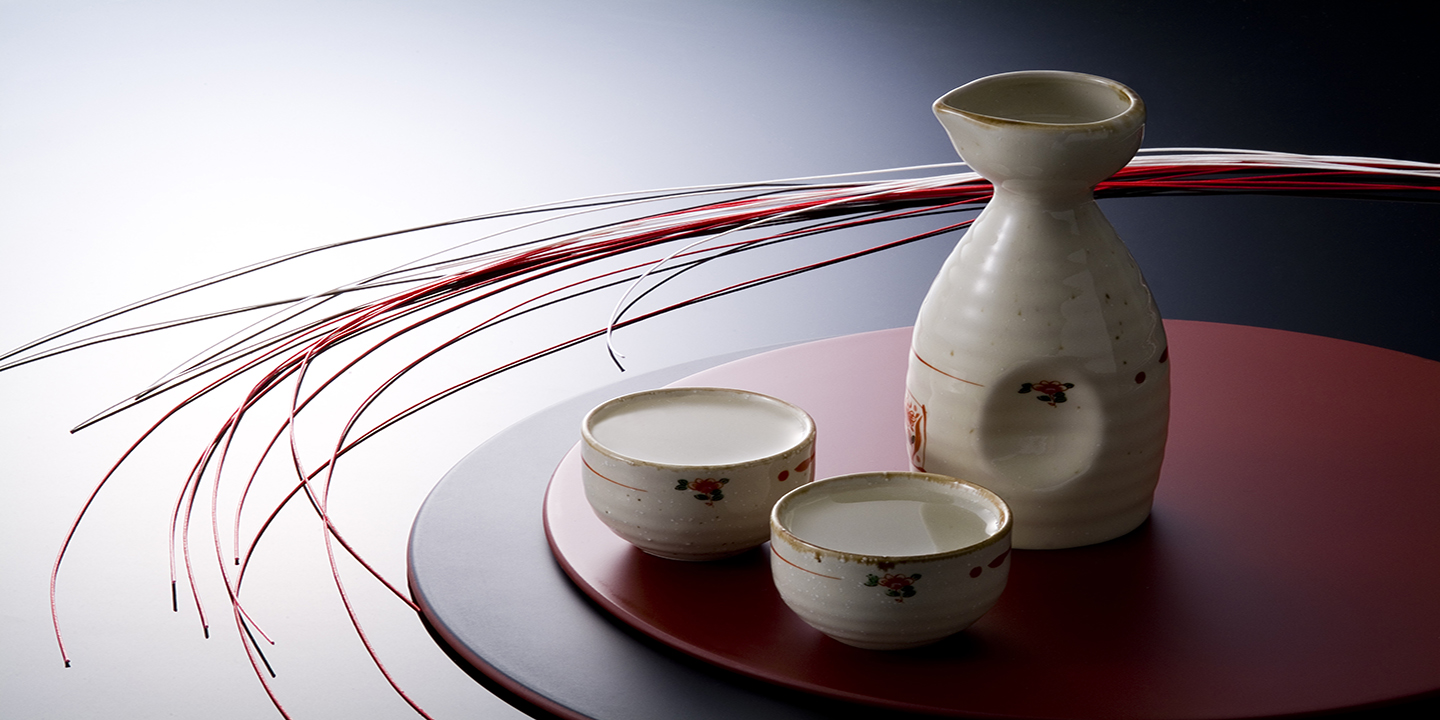A lot of us have probably heard of that famous Japanese tea ceremony, known as the Chanoyu. Also sometimes called Sado or Ocha. This is a truly elaborate ritual surrounding a loose green tea called Matcha. But how many of us know about Kagami Biraki? The ceremony surrounding the opening of a cask of another Asian beverage gaining in popularity in the west called Sake?
Well for those of us that are still unsure, let’s take a deeper look into the world of Sake.
A History of Sake
• The actual ceremony was traditionally performed around the 11th January each year
• The ceremony began with the fourth Tokugawa Shogun – Tokugawa Letsuna – about three centuries ago.
• The shogun gathered his feudal lords around him before going to war, and broke open a cask of prized Sake.
• The result of the battle was a success for the shogun, and so a new ceremony was born!
For centuries, this has continued to have aristocratic associations, and for a long time was brewed in the imperial court.
Even though Sake carries with it some very high traditions, things have changed and we can now freely drink Sake all over the world including Izikaya bars which serve the drink, and which has become very popular in Japan.
Celebrations with Sake
Sake was also used to mark occasions such as year-end parties, peach festivals, weddings, flower-viewings, moon-viewings, pillar-raising (when work begins on a new house) and many others besides, and in Japan, almost everything is an excuse to break into a cask of sake!
But what is it about Sake that makes it such a popular drink?
If we look at exactly how it is produced, we may get a better understanding of exactly why it is so popular.
• Sake comes into being in way very different from other popular alcoholic beverages.
• It is fermented like wine and is not distilled like whisky.
• But like whisky, it is very dependent on the quality of the water used in its production.
• Unlike wine it is not made from the juice of a fruit, but from fermenting rice, which is then captured by the water that passes through it.
• For this reason, good quality water, rich in minerals, makes the most prized Sake.
Some say that Sake is best understood, from a taste point of view, as the best of a combination of whisky and wine, though in flavor has been compared to a marriage between vodka and whisky.
Sake Comes in So Many Different Flavors.
There are many different flavours of Sake, such as peach or plum, and there is even a spiced Sake for a great new year.

Sake is used as a healing agent
Apart from the taste of Sake on its own, which pairs well with almost any food, the drink also has health benefits, and in Japan is used medicinally.
• It contains a high proportion of amino acids
• Has been said to boost circulation
• Reduce cholesterol levels
• And even helps to prevent liver cancer
Did you know that amino acids are one of the ingredients that impart umami, one of the five senses of taste?
Savory, or umami, is detected by the taste receptors, and is regarded as its own sensation. For this reason, taking Sake with food will help to unlock the flavors in that food, and make for a more intense eating experience. And for those chocolate lovers, you can now purchase sake-imbued chocolates sold in Japan!
Sake has taken off in America
In the USA today, most people who have tried Sake have done so at a sushi restaurant, where they might have gulped it down, and only ever drunk it again when next they ate sushi. However, cultures are now changing and people can experience this delicious drink when drunk on its own.
No longer is Sake just seen as a sipping beverage. In bars and restaurants alike, it is now served with a meal and is becoming a very popular drink. Sake also goes down well with any fish dish from any ethnic repertoire.
Sake is also seen as a great cure for hangovers!
Sake is low in histamines, and has no sulphites, two ingredients linked to hangovers and along with its other medicinal uses is proving to be very a popular drink.
Sake is now gaining world recognition and people from all denominations are enjoying and embracing a glass of Sake!
Published: August 22, 2016Author: Dekanta
